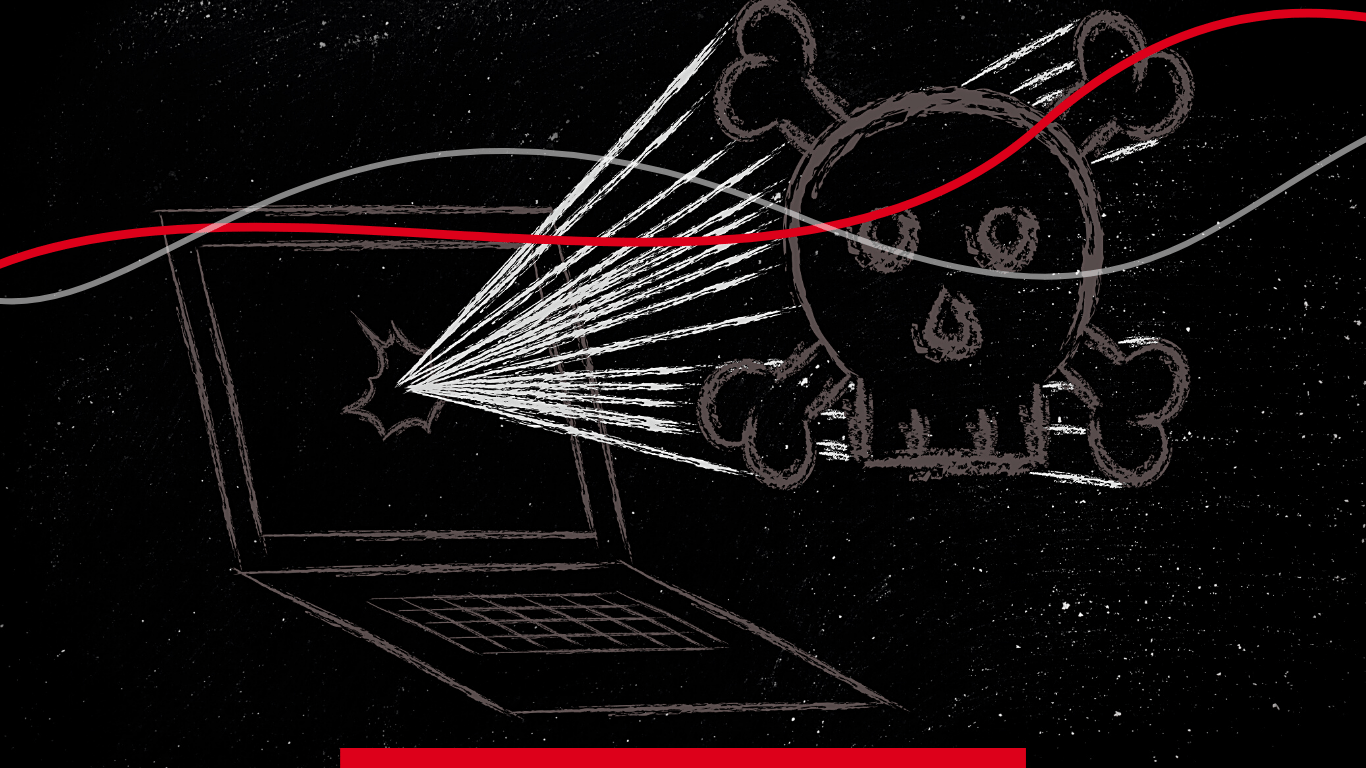
Malware is software designed to harm or affect your computer or computer system without your knowledge. Malware comes in many forms, including spyware, viruses, worms, Trojan horses, and other dangerous programs that can infiltrate your computer.
As the frequency and complexity of malware attacks increase, organizations are becoming more difficult to defend. Top-level malware attacks combine stealth, precision, and social engineering approaches to access and compromise systems.
When these cyber dangers gain access to a system, they steal confidential information sent across business and secret networks, causing considerable damage before being noticed.
Common forms of Malware attacks
Spyware is a type of malware that collects information about a user without their consent and often without their knowledge. The data collected may include personal information such as bank account numbers, passwords, and credit card information; it could also include more sensitive data like browser history or social media activity.
In addition to conducting its own maliciousness, a virus infects other programs and can propagate to other computers. When a file is launched, the virus is attached to it and executed. Your data and files will be encrypted, corrupted, deleted, or moved by the virus.
An enterprise-level antivirus solution can help you guard against viruses by allowing you to manage and monitor all your devices from a single location.
A keylogger is a software program that secretly monitors and logs all keystrokes. This is not entirely accurate, because a keylogger does not have to be software; it can also be a device. Although keylogging hardware is far less common than keylogging software, they must be considered when considering information security.
A computer worm is a sort of virus that duplicates itself and spreads from one machine to another. A worm can replicate itself without the need for human involvement, and it does not need to be attached to a piece of software to cause harm. Worms can spread by taking advantage of software weaknesses. Alternatively, computer worms could be sent as attachments in spam emails or instant messaging (IMs).
Trojan horse, often known as a Trojan, is malignant malware or software that appears to be legal yet could take control of your computer. A Trojan is a computer program that is designed to hurt, disrupt, steal, or otherwise harm your data or network.
To deceive you, a Trojan pose as a legitimate application or file. It tries to trick you into downloading and running malware on your device.
Ransomware encrypts data on a device and holds it hostage until the adversary is paid to release it. If the ransom is not paid by a certain date, the adversary will threaten to erase or expose the data. Paying the charge may not help; victims frequently lose their data even after paying the price. Because of their impact on hospitals, telecommunications companies, railway networks, and government offices, ransomware assaults are among the most noteworthy malware varieties.
Logic Bomb is a harmful piece of code that is deliberately placed into software. When certain circumstances are met, it is activated on the host network.
Once a certain circumstance is met, such as an employee's termination, logic bombs execute their functions or launch their payload. This keeps their presence undetectable until they perform their function, which can range from causing harm by deleting files to self-propagation and the bizarre.
A bot is a computer program that automates a process and requires no human interaction. A bot infection on one computer can spread to other computers, forming a botnet. This bot-infected network can then be managed and utilized by cyber criminals to execute enormous attacks, frequently without the device owner being aware of its involvement.
Using technologies to determine whether traffic originates from a human, or a bot is one technique to govern bots. CAPTCHAs, for example, can be added to forms to prevent bots from flooding your site with requests. This can help you distinguish between good and poor traffic.
Adware is software that displays unwanted or dangerous advertisements. While it is relatively harmless, it can be annoying because "spammy" ads appear repeatedly while you are working, drastically slowing down your computer's performance. Furthermore, these advertising may unwittingly drive users to download more dangerous software.
A rootkit is a hidden computer program that maintains privileged access to a computer while actively concealing its presence.
A rootkit enables someone to maintain command and control over a computer without the user or owner of the computer being aware of it. The rootkit's controller could remotely execute files and change system configurations on the host machine once it has been installed. A rootkit on an infected computer can also read log files and monitor the activities of the legitimate computer owner.
Prevention & Mitigation
Malware takes advantage of flaws in your hardware, software, and users. When it comes to malware defense, cyber teams must employ a multi-pronged strategy.
To begin, you must educate your users on proper technology usage. Many malware infections are caused through social engineering tactics in which a user is persuaded to click a link, download a file, or launch a software.
You must also use technology to continuously search for evidence of threats and compromises, as well as having procedures in place to eradicate malware and prevent cyber criminals from gaining access again.
Conclusion
Malware attacks are one of the most popular cyber-attacks. However, there are things you may take to reduce your vulnerability. A mix of watchful and smart Internet behavior, correct computer usage, and anti-malware software is the best defense against malware.
You may keep yourself secure from the Internet's many risks by erring on the side of caution when surfing online, avoiding opening suspicious links or emails from unknown senders, and routinely upgrading and running an anti-malware tool.


